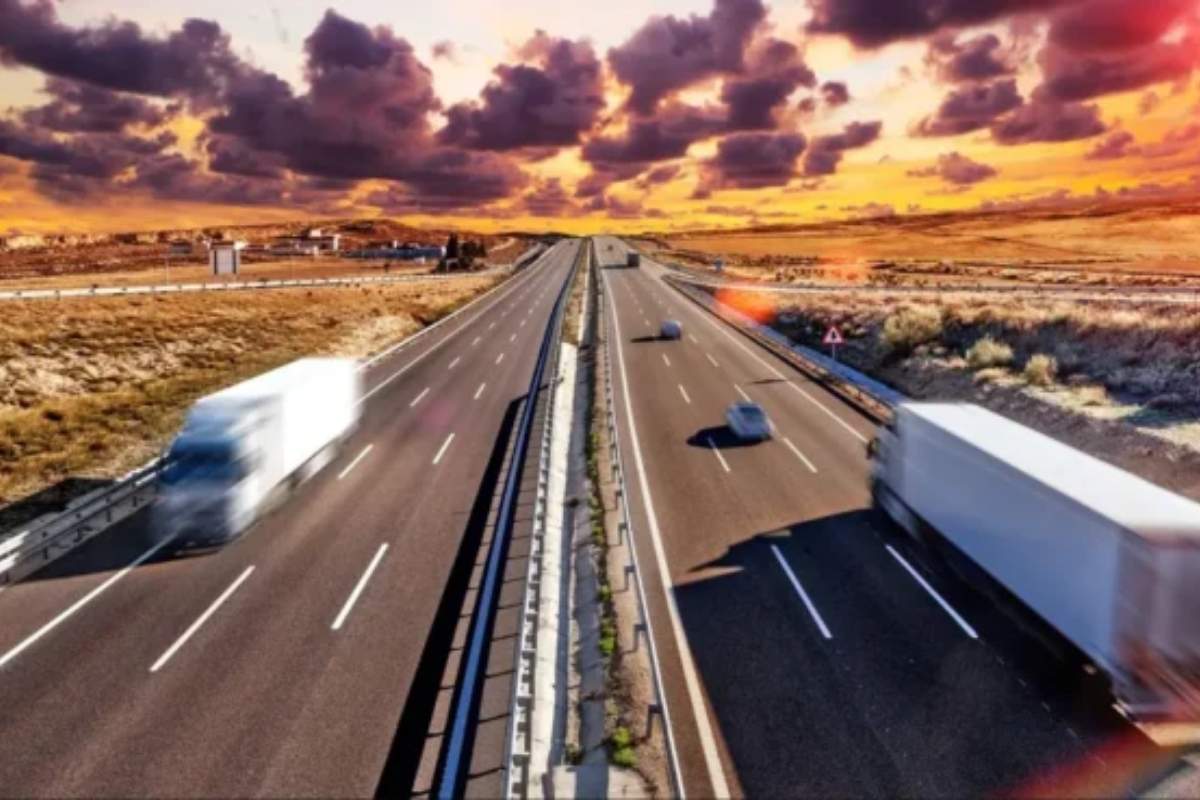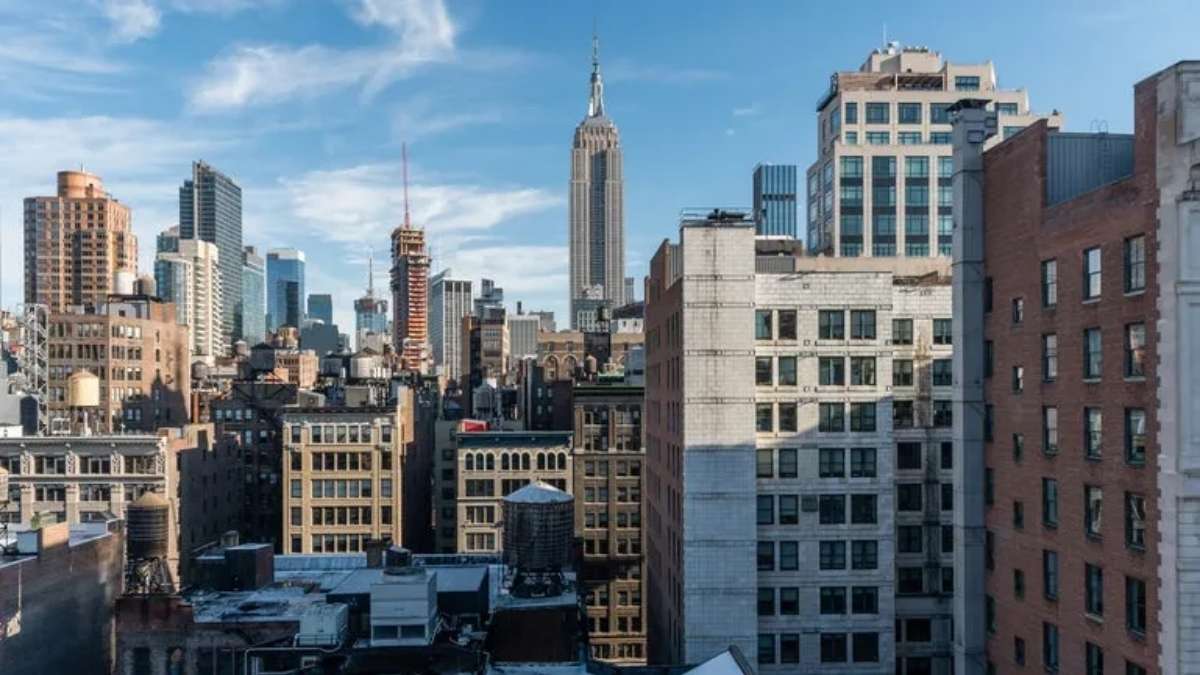In recent years, America’s largest cities have been experiencing a significant population decline, marking a shift in urban demographics that is reshaping the country’s landscape. This phenomenon, often referred to as the “City Exodus,” is driven by a complex mix of economic, social, and technological factors. Understanding why people are leaving major metropolises can provide insights into the future of urban and suburban living.
Economic Factors: Cost of Living and Housing Prices
One of the most compelling reasons behind the population decline in major cities is the skyrocketing cost of living. Cities like New York, San Francisco, and Los Angeles have long been known for their expensive housing markets, high rent, and overall higher costs of everyday necessities. As inflation and housing shortages continue to drive up prices, many families and young professionals are seeking more affordable alternatives in suburban or rural areas.
Remote Work Revolution
The rise of remote work has played a major role in facilitating the City Exodus. The COVID-19 pandemic accelerated a trend that was already emerging—employees realizing they could work from virtually anywhere. Tech advancements, along with company policies embracing flexible work arrangements, have allowed workers to move away from urban centers without sacrificing job opportunities. This shift has made suburban and even rural living more attractive, where individuals can enjoy a better quality of life at a fraction of the cost.

Quality of Life and Space Considerations
Another major factor influencing migration patterns is the desire for a better quality of life. Big cities often come with high stress levels, noise pollution, limited green space, and crowded living conditions. For families with children, moving to areas with better schools, lower crime rates, and more outdoor recreational opportunities has become a priority. The appeal of a quieter, more spacious environment is drawing people away from high-density urban settings.
Political and Social Shifts
Political and social issues have also contributed to population shifts. Some individuals are leaving cities due to policies they disagree with, rising crime rates, and concerns over governance. Cities with strict regulations, higher taxes, and contentious local politics have seen increased migration to states with more favorable policies for businesses and homeowners.
Infrastructure and Transportation Challenges
While big cities have long been centers of economic activity, many struggle with aging infrastructure, unreliable public transportation, and congestion. Commuting challenges have led many people to seek alternatives in suburban areas where they can drive their own vehicles or work remotely without the hassle of daily traffic jams or crowded subway systems.

The Future of American Cities
With this ongoing trend, the future of America’s metropolises is uncertain. Some experts predict that cities will need to adapt by making housing more affordable, improving urban infrastructure, and finding ways to retain their workforce. Others believe that this shift will lead to a more decentralized population distribution, reducing urban overcrowding and revitalizing smaller towns and suburban regions.
As the City Exodus continues, it remains to be seen how governments, businesses, and communities will respond to these changing migration patterns. Will major cities find ways to reinvent themselves, or will they continue to see a decline in population as more Americans opt for a different way of life?


